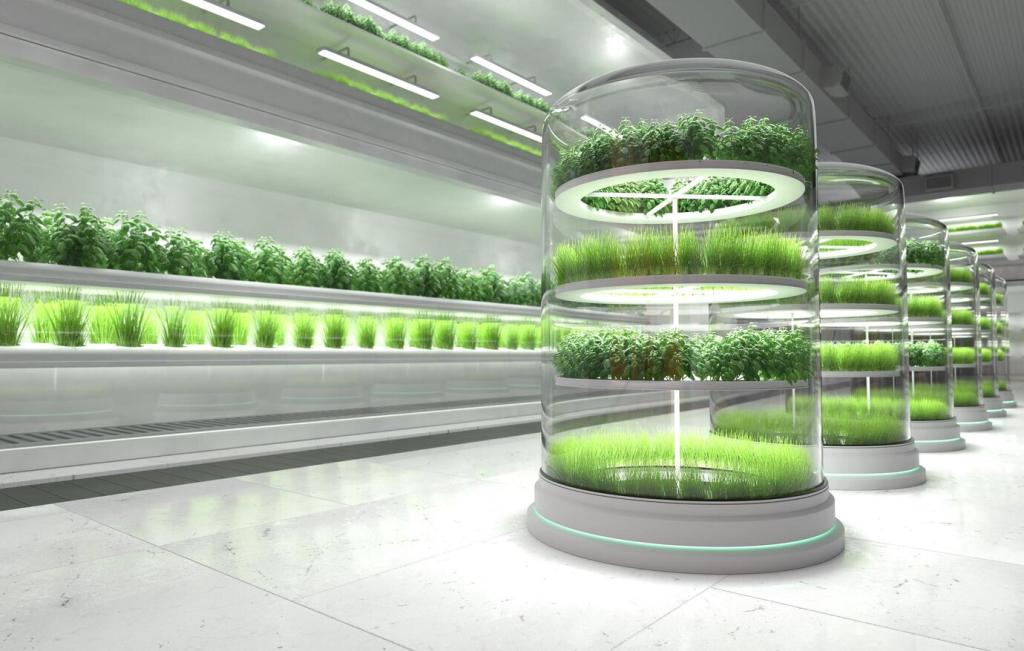
Sustainable Urban Food Systems through Vertical Gardens
Sustainable urban food systems are gaining momentum as cities worldwide strive to balance growing populations with limited space and environmental concerns. Vertical gardens have emerged as a transformative solution, integrating food production directly into urban environments and fostering both community well-being and ecological harmony. This page explores the pivotal role vertical gardening plays in reshaping urban food supply chains, promoting sustainability, and ultimately ensuring a healthier future for city dwellers.
Traditional agriculture often requires vast tracts of land, which are limited in densely populated cities. Vertical gardens allow for the cultivation of crops on walls, rooftops, and even inside buildings, revolutionizing the concept of urban food production. By leveraging unused spaces, cities can grow fresh, healthy food locally, minimizing transportation emissions and reducing dependency on rural supply chains. This approach not only maximizes yield per square meter but also integrates seamlessly with urban design, making quality nutrition more accessible for everyone.

Social and Economic Benefits
Vertical garden initiatives often involve neighborhood participation, from school programs to community-led maintenance efforts. This participatory approach encourages urban residents to take an active role in shaping their local environment and provides valuable opportunities for skills development, collaboration, and social interaction. As a result, vertical gardening projects help build stronger, more connected communities that are invested in creating positive change and promoting urban well-being.

Technological Innovations and Practices
Automation is at the forefront of smart vertical gardening. Sensors monitor plant health, humidity, temperature, and light levels, ensuring optimal growing conditions with minimal human intervention. Automated irrigation and nutrient delivery systems further minimize waste and labor costs. Data collected from these systems can be analyzed to improve crop yields, reduce resource inputs, and quickly address issues like pests or diseases, streamlining urban food production for maximum efficiency.
Previous
Next
